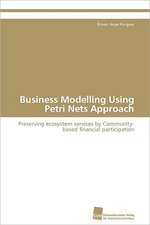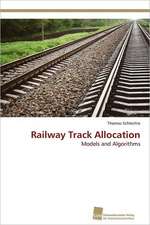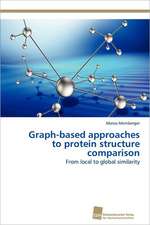Mathematics for Elementary Teachers: A Conceptual Approach
Autor Albert Bennett, Laurie Burton, Ted Nelson, Joseph Edigeren Limba Engleză Hardback – 16 feb 2015
Additionally, this text can be packaged with an activity set that corresponds to each section of the companion text, Mathematics for Elementary Teachers: An Activity Approach, also by the Bennett, Burton, and Nelson team. Mathematics for Elementary Teachers: An Activity Approach can be used independently or along with its companion, Mathematics for Elementary Teachers: A Conceptual Approach.
Preț: 943.71 lei
Preț vechi: 1272.18 lei
-26% Nou
Puncte Express: 1416
Preț estimativ în valută:
180.58€ • 193.10$ • 150.56£
180.58€ • 193.10$ • 150.56£
Carte disponibilă
Livrare economică 28 martie-02 aprilie
Preluare comenzi: 021 569.72.76
Specificații
ISBN-13: 9780078035654
ISBN-10: 0078035651
Pagini: 1008
Dimensiuni: 213 x 262 x 41 mm
Greutate: 1.66 kg
Ediția:10 Rev ed.
Editura: McGraw Hill Education
Colecția McGraw-Hill
Locul publicării:United States
ISBN-10: 0078035651
Pagini: 1008
Dimensiuni: 213 x 262 x 41 mm
Greutate: 1.66 kg
Ediția:10 Rev ed.
Editura: McGraw Hill Education
Colecția McGraw-Hill
Locul publicării:United States











